Three Super-Sized Flagship "Hidden Configurations" PK: OPPO Shines in Hand Feel, vivo in Visual Experience, Xiaomi in Robustness
![]() 08/08 2025
08/08 2025
![]() 602
602
The ultimate experience is shaped by intricate configurations.
At annual smartphone launches, brands go all out to present their products with the utmost extravagance, from 100-megapixel camera systems to hundreds-of-watts charging speeds. Even the materials and craftsmanship can be talked up for half an hour.
However, as consumers, we often pay close attention to the "hidden configurations" that are briefly mentioned or even deliberately concealed during the unveiling. These details, which manufacturers do not heavily promote, are crucial in determining the quality of our daily smartphone experience.
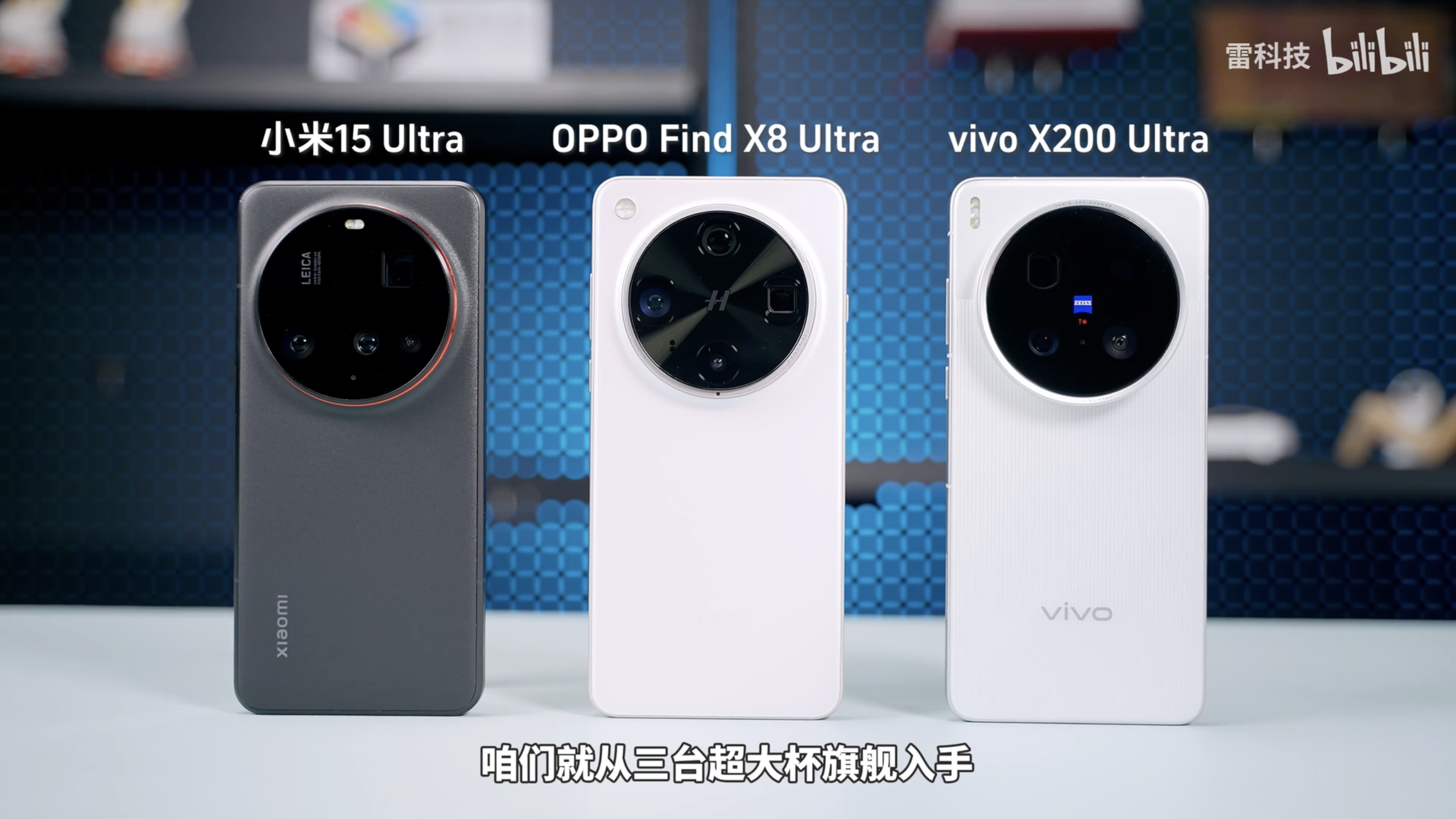
Image source: Lei Technology
Therefore, Lei Technology has chosen three super-sized flagship phones—Xiaomi 15 Ultra, OPPO Find X8 Ultra, and vivo X200 Ultra—and conducted a comprehensive "deep dive" into their configurations. Let's see which one offers the most conscientious setup and which one quietly "cuts corners" in terms of vibration motors, speakers, screens, communication, and other aspects that "are not intuitive but closely related to the experience".
Hand feel and sound are the most direct and fundamental experiences of a smartphone, and the vibration motor and speaker are key factors influencing these two aspects.
In terms of vibration motors, the three manufacturers have made distinct choices:
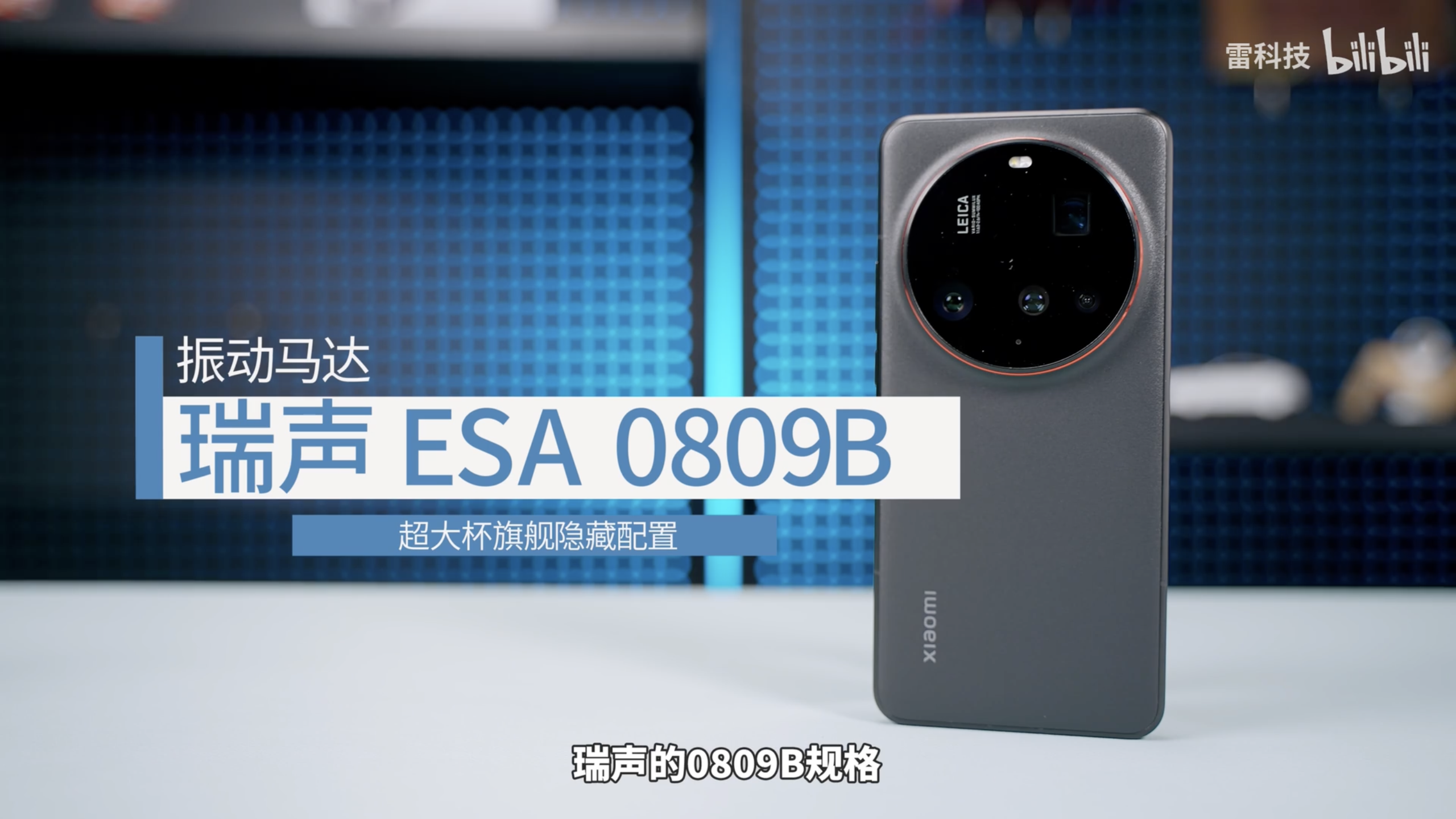
Image source: Lei Technology
The Xiaomi 15 Ultra employs an ESA 0809B motor. While its performance is adequate, it seems somewhat "cheapened" on a top-tier Ultra model. Xiaomi has tuned the algorithm to enhance the motor's responsiveness; however, there is a compromise in the vibration sensation, with a noticeable lack of force and a slightly loose feel when typing.
This trade-off between "fast" and "weak" prevents the Xiaomi 15 Ultra from reaching top-tier standards in terms of motor experience.
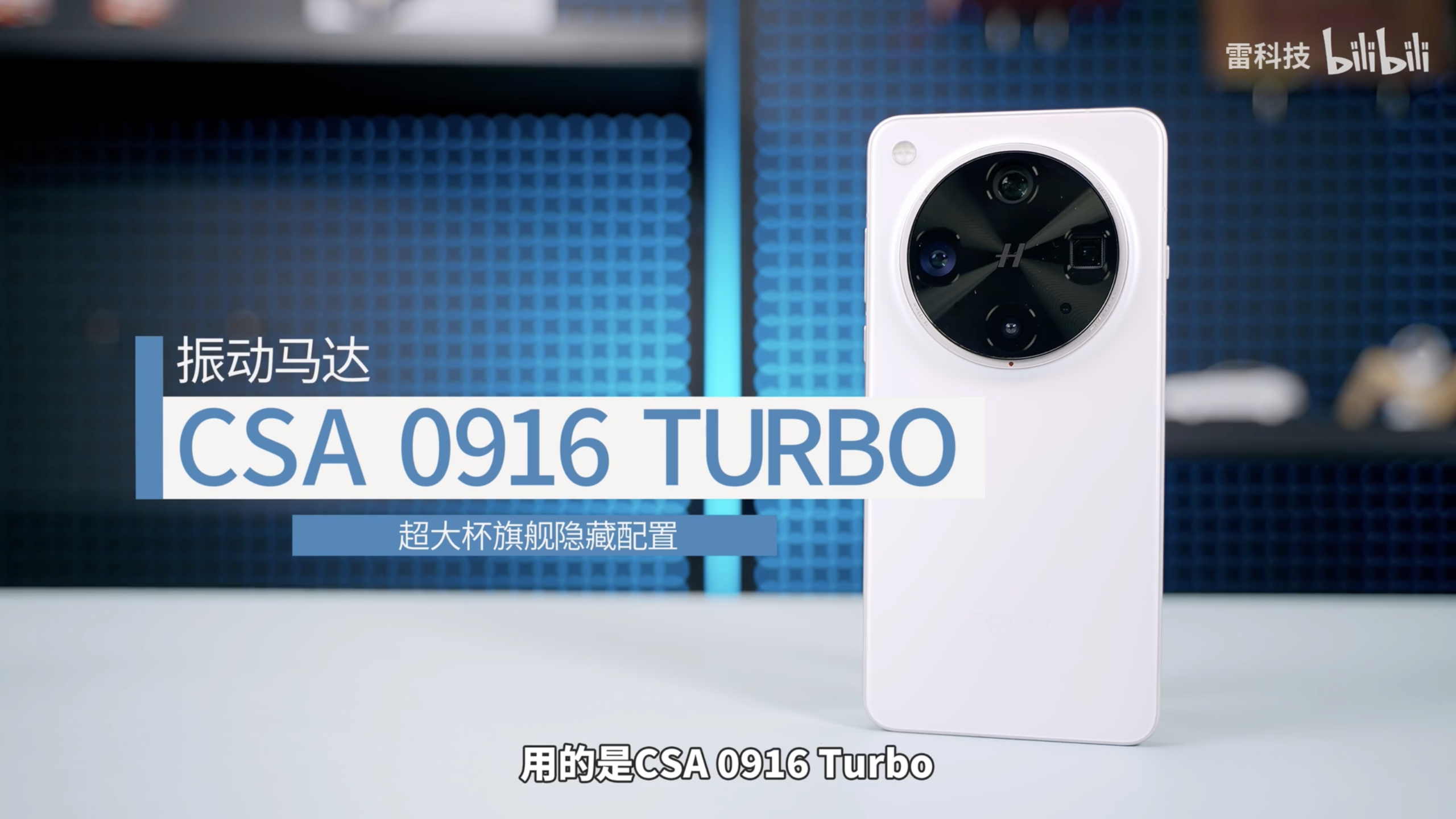
Image source: Lei Technology
In contrast, the OPPO Find X8 Ultra delivers textbook-level performance. It is equipped with the CSA 0916 Turbo, currently recognized as a T0-level motor. Besides top-tier hardware, OPPO has also achieved strong vibration feedback and rapid response through excellent tuning.
Whether it's daily typing, incoming call notifications, or vibration feedback in games, it provides a clean and powerful hand feel. The thinner body complements the just-right vibration sensation, making the OPPO Find X8 Ultra stand out in terms of motor experience.
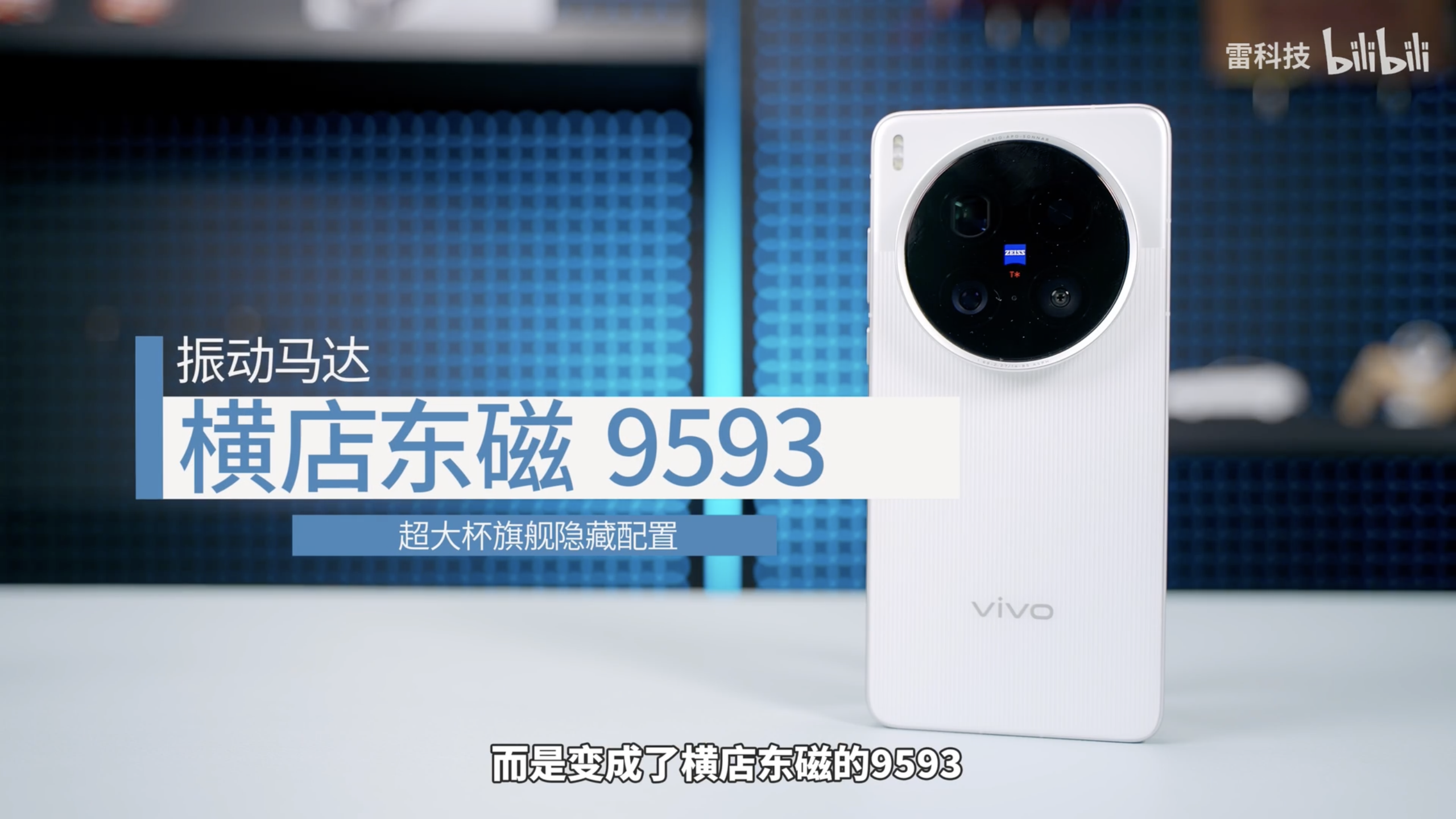
Image source: Lei Technology
The vivo X200 Ultra has taken a different path. Instead of using the common AAC 9595, it uses the Hengdian Dongci 9593. In actual experience, this motor's response speed is adequate, but the vibration sensation is slightly insufficient, with a noticeable gap compared to OPPO's top-tier performance.
In Lei Technology's view, vivo may have compromised between cost and performance, but such a trade-off is inevitably disappointing on a super-sized model that pursues the ultimate experience.
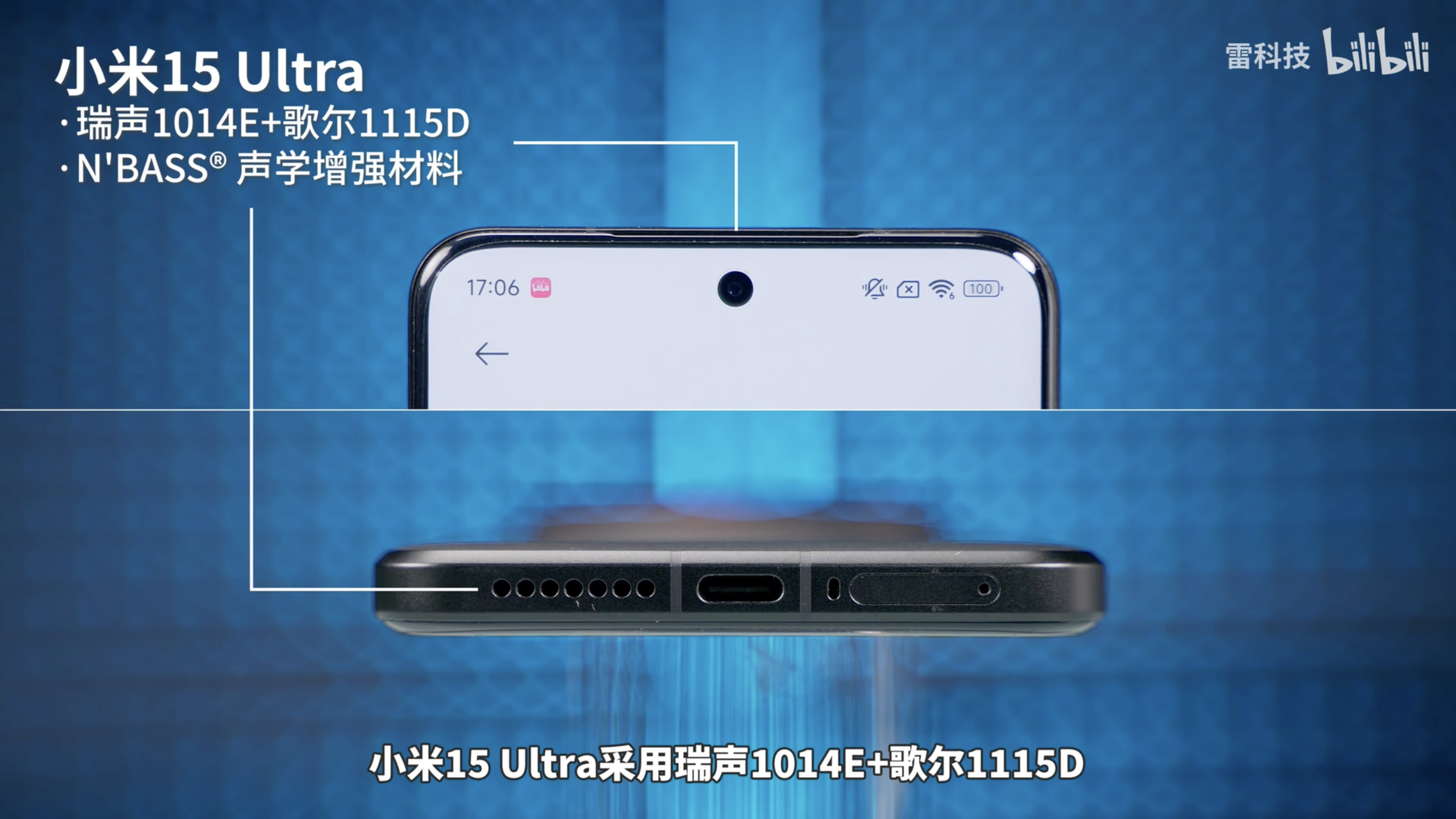
Image source: Lei Technology
Speakers are crucial for influencing the audio-visual entertainment experience. The Xiaomi 15 Ultra's speaker configuration combines AAC 1014E and Goertek 1115D, with N'BASS acoustic enhancement material added, making it robust in terms of hardware. The OPPO Find X8 Ultra uses AAC 1012 and AAC 1115E, aiming for more balanced sound quality.
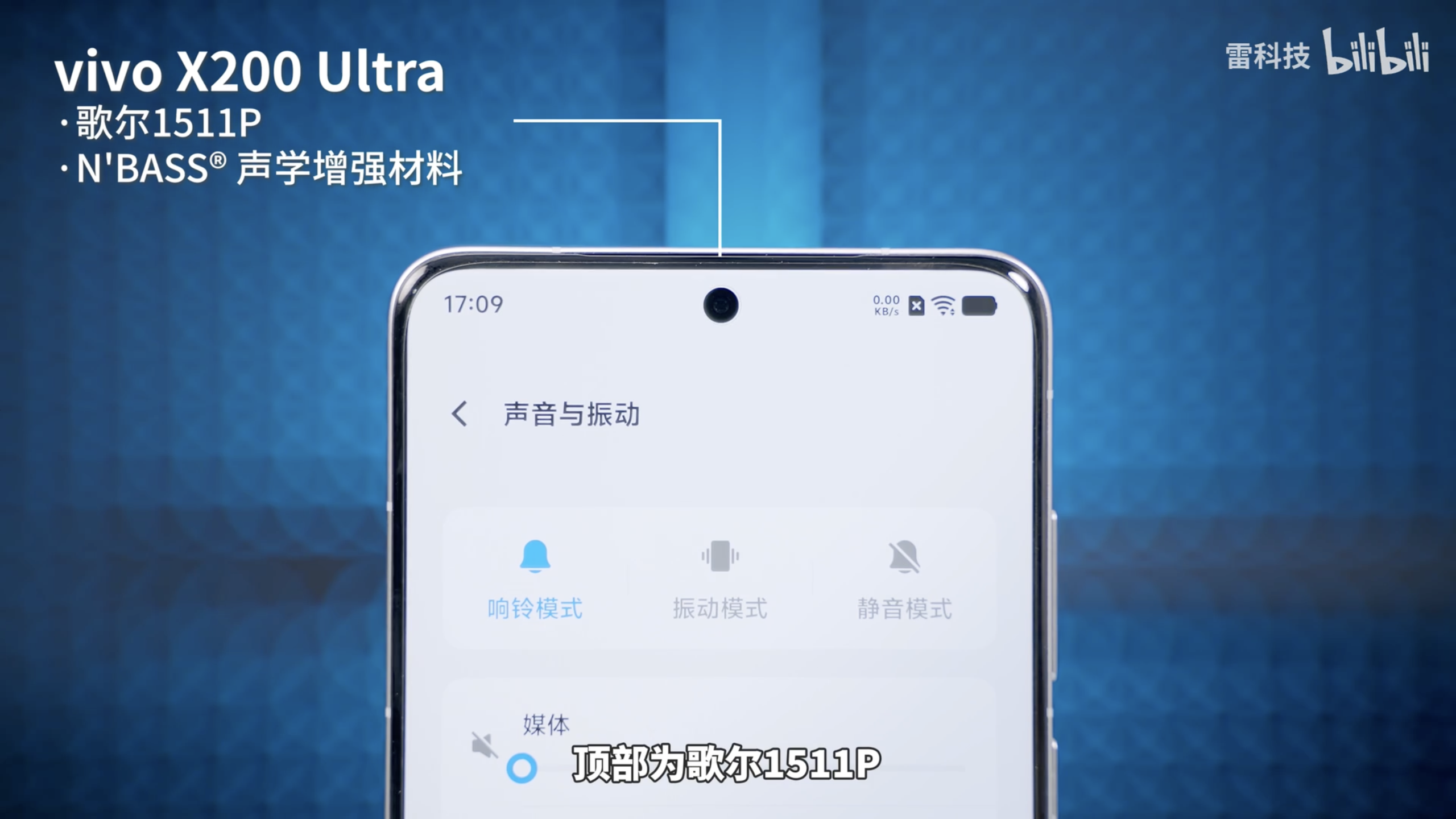
Image source: Lei Technology
However, vivo X200 Ultra has put the most effort into speaker hardware specifications. It uses extra-large AAC 1210D and Goertek 1511P, and also adopts N'BASS acoustic enhancement material. From the parameters, vivo's speaker configuration is the highest among the three.
But the actual sound is not satisfactory, lacking fullness and layering. This once again confirms that "specifications only represent the upper limit, and tuning determines the lower limit." Clearly, after focusing its main efforts on the camera system, vivo has neglected sound quality tuning, resulting in top-tier hardware failing to perform to its full potential.
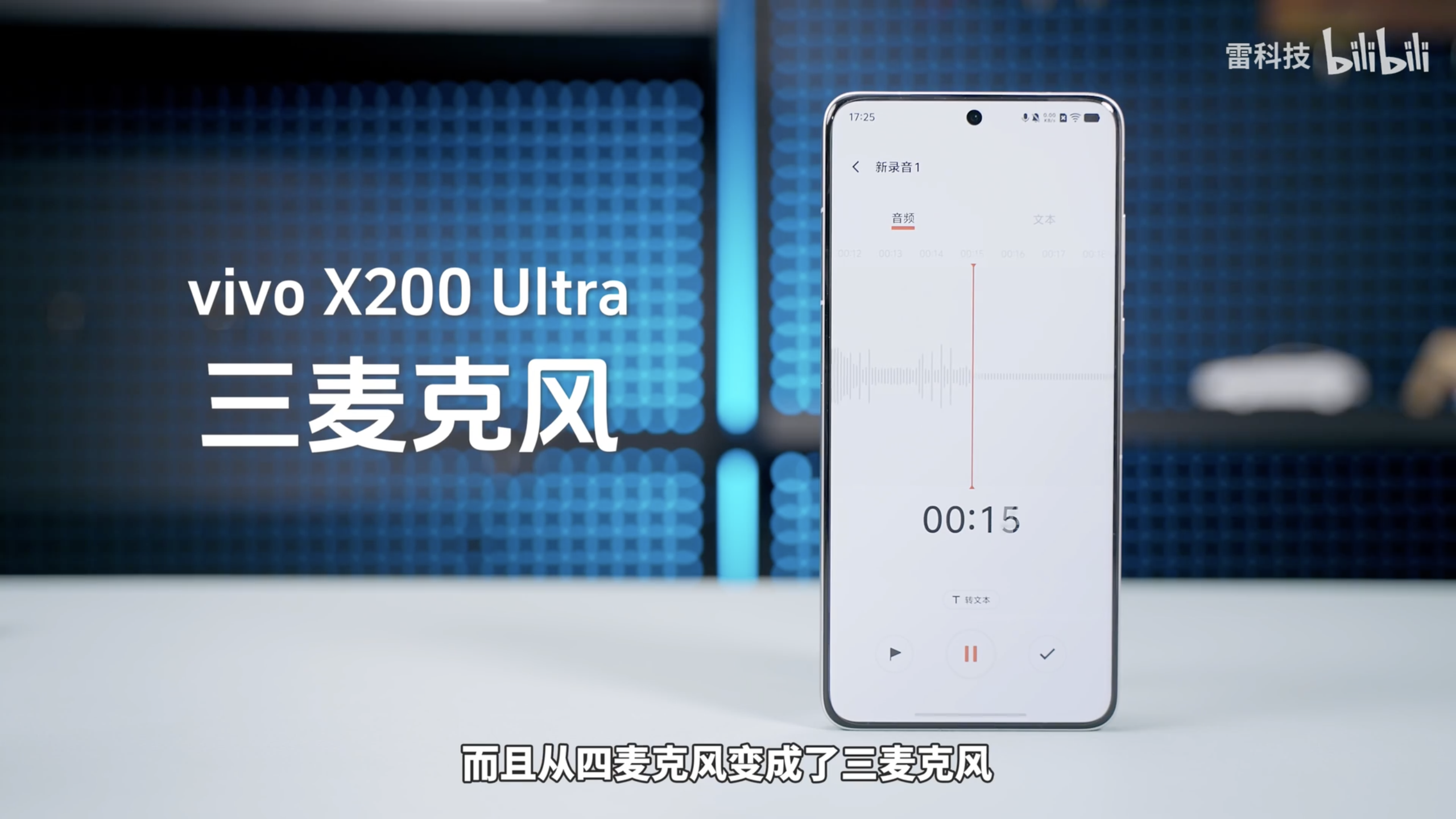
Image source: Lei Technology
Additionally, we discovered "tricks" in the crucial sound recording capability during video recording. Both Xiaomi and OPPO are equipped with the four microphones that are standard on mainstream flagship phones, ensuring excellent multi-channel recording effects. However, the vivo X200 Ultra has quietly reduced the number of microphones from four in the previous generation to three. Considering that vivo has always promoted its video recording capabilities as a core selling point, "cutting corners" on this crucial aspect of sound recording is undoubtedly contradictory behavior.
As the component we interact with the most daily, the screen's visual experience, brightness, and eye protection capabilities directly affect our usage experience and eye health. All three phones adopt current top-tier screen solutions, supporting 2K resolution and a 120Hz refresh rate, but there are significant differences in the details.
First is brightness performance. Through actual measurement, the performance of the three phones at the highest manual brightness is: Xiaomi 15 Ultra at 700nits, OPPO Find X8 Ultra at 780nits, and vivo X200 Ultra reaching an astonishing 825nits. In terms of peak brightness, vivo X200 Ultra leads the pack with 1818nits, followed by OPPO Find X8 Ultra at 1604nits and Xiaomi 15 Ultra at 1227nits.
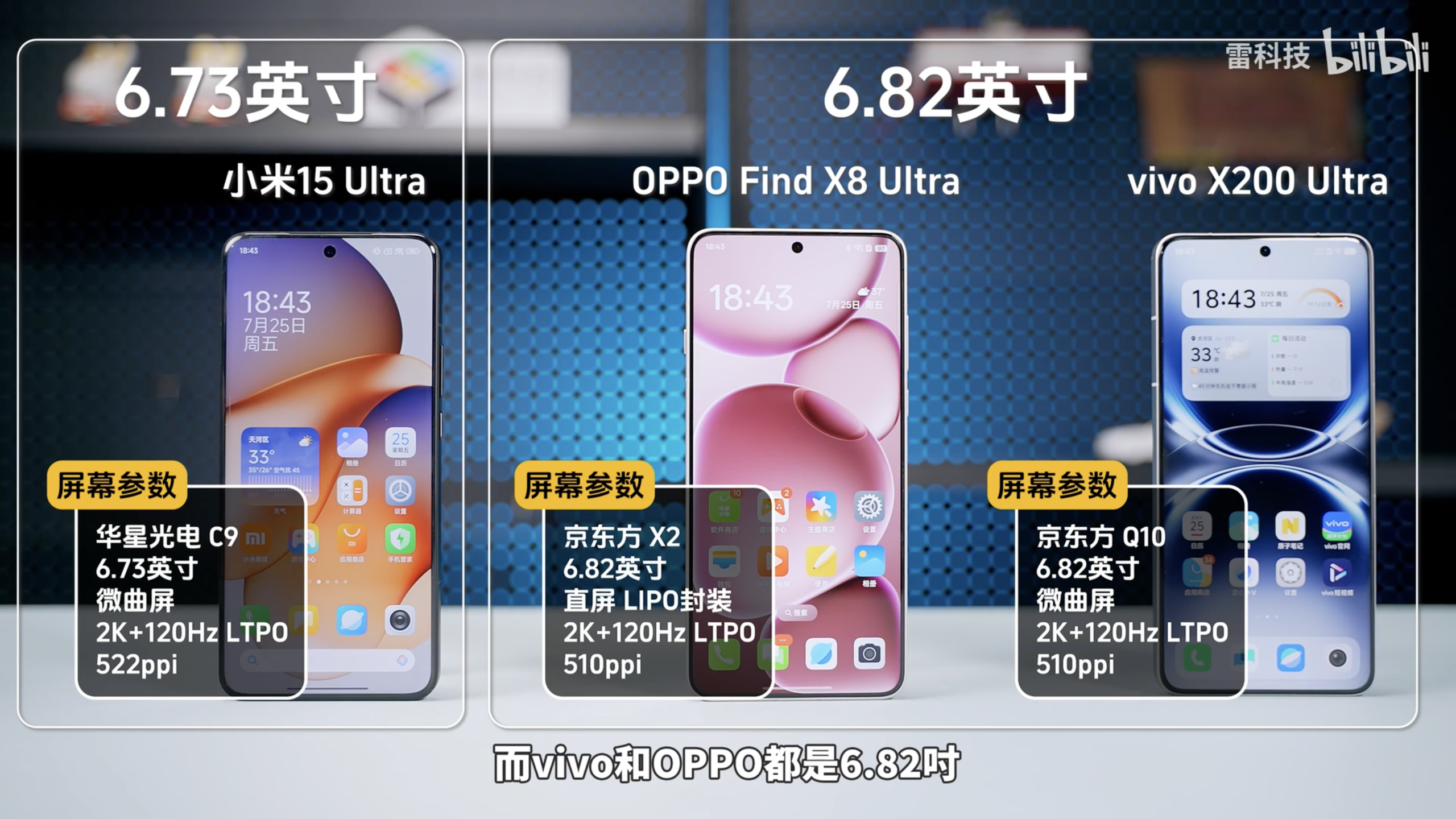
Image source: Lei Technology
From the data, vivo X200 Ultra stacks the most on screen brightness, making it particularly suitable for shooting in outdoor bright light environments, ensuring that screen content is clearly visible. In contrast, the Xiaomi 15 Ultra's screen brightness is relatively weak, which may affect the visual experience when used outdoors.
Besides brightness, eye-care dimming is also a detail that cannot be ignored. Although high-frequency dimming has become standard on flagship phones in 2025, there are still differences in each manufacturer's dimming strategy. The Xiaomi 15 Ultra uses pseudo-DC dimming at high brightness and switches to 1920Hz high-frequency PWM dimming at low brightness. Both the OPPO Find X8 Ultra and vivo X200 Ultra support 2160Hz high-frequency PWM dimming at low brightness.
It is worth mentioning that the vivo X200 Ultra not only supports 2160Hz high-frequency PWM dimming but also applies it to the full brightness range and incorporates circularly polarized light technology. Theoretically, this full-brightness high-frequency dimming and special polarization technology can better reduce the stimulation of flicker to the eyes, providing more comprehensive eye protection.
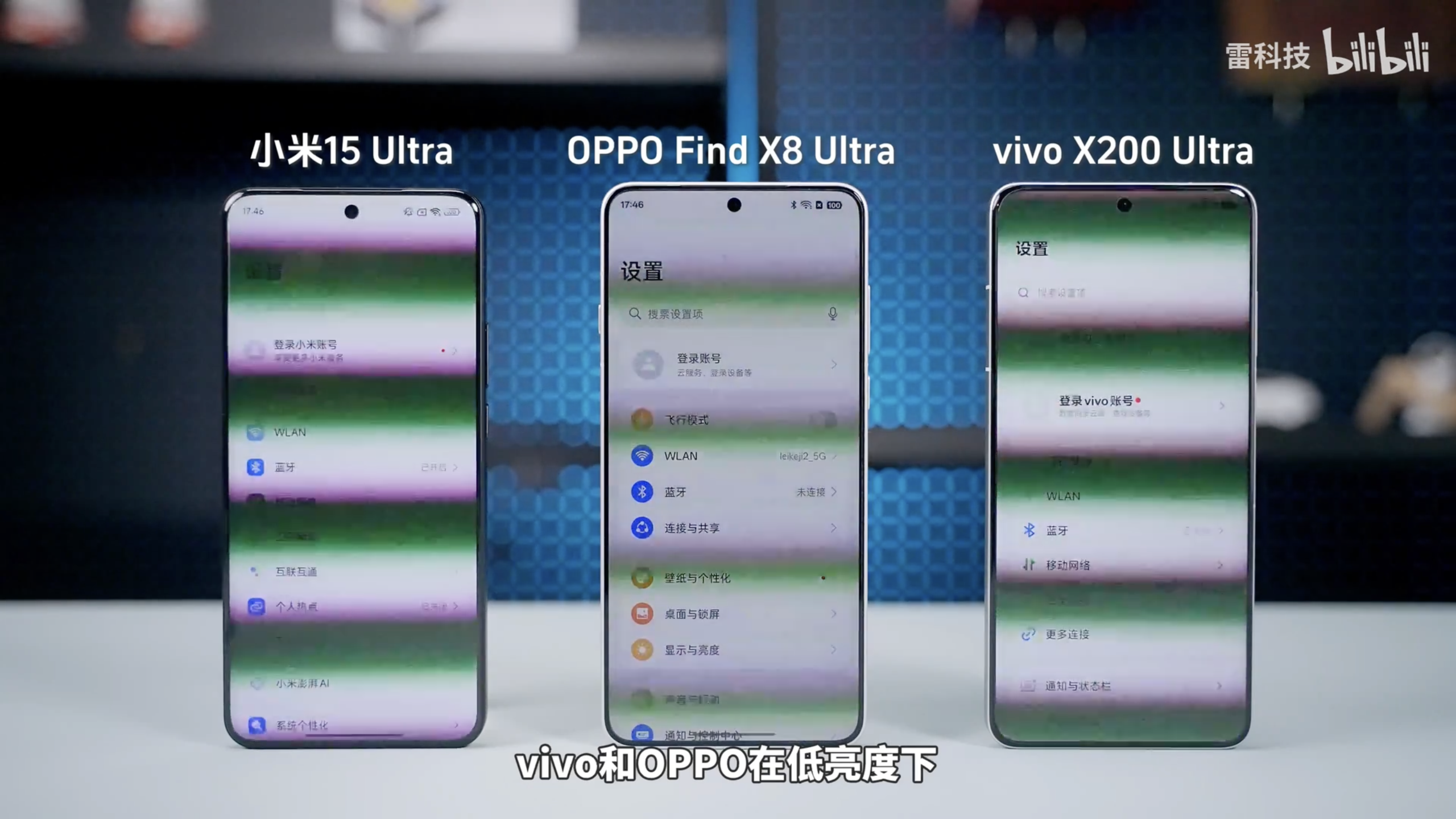
Image source: Lei Technology
Furthermore, both Xiaomi 15 Ultra and vivo X200 Ultra have achieved a touch sampling rate of around 300Hz, making daily use and gaming experiences very smooth and responsive. However, although the OPPO Find X8 Ultra is officially labeled as 240Hz, the actual measured data is only 125Hz, showing a significant gap. This "shrinking" in detail makes OPPO's experience inferior to the other two in scenarios requiring high touch response, such as gaming.
Communication capabilities and interface specifications are the foundation for determining whether a smartphone can connect stably and work efficiently. Although these configurations are not often mentioned, their importance becomes prominent when encountering specific scenarios.
In terms of 5G band support, the choices of the three manufacturers also vary. The vivo X200 Ultra supports the most 5G bands, reaching 25, followed by the Xiaomi 15 Ultra with 23, and the OPPO Find X8 Ultra with only 18. For users who frequently travel abroad or roam across countries, more supported bands mean better signal coverage in different countries and regions. OPPO has an obvious shortcoming in this regard.
In terms of satellite communication, Xiaomi 15 Ultra shows the most dedication. It supports TianTong satellite communication across the entire lineup, with some dual-satellite versions additionally supporting Beidou satellite communication. The OPPO Find X8 Ultra and vivo X200 Ultra only support satellite communication in their top-tier versions. Xiaomi's strategy undoubtedly allows more users to enjoy the security provided by satellite communication.
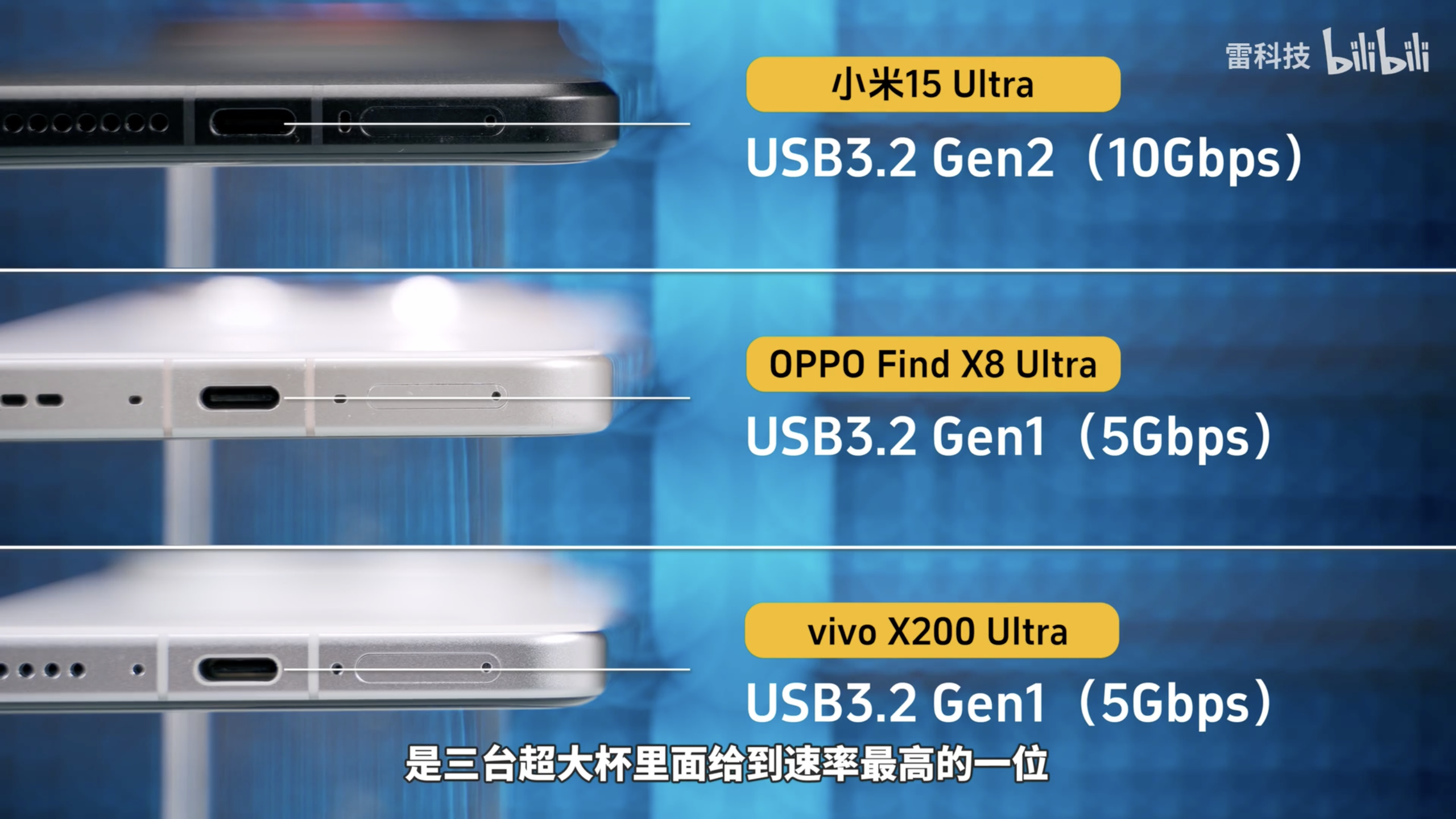
Image source: Lei Technology
Finally, let's take a look at the USB port, often overlooked at the bottom. The Xiaomi 15 Ultra has the highest USB port specification, which means faster speeds when transferring large files (such as 4K video footage). For professional image creators, this detail can significantly improve work efficiency.
After an in-depth analysis of these "hidden configurations," we found that none of these three super-sized flagship phones are "perfect" "all-rounders." They each make trade-offs in different detailed configurations, reflecting the distinct product philosophies of the manufacturers:
Xiaomi 15 Ultra excels in interface and comprehensive communication support—full-series support for satellite communication and high-specification USB ports reflect its meticulous consideration for users' work and life. However, the motor and screen brightness are somewhat mediocre, preventing it from reaching top-tier standards in daily experience.
OPPO Find X8 Ultra has polished the detailed experience: the top-tier vibration motor and excellent tuning make it unique in terms of hand feel. However, the lack of support for 5G bands and the insufficient touch sampling rate also expose its shortcomings in underlying communication and gaming experience.
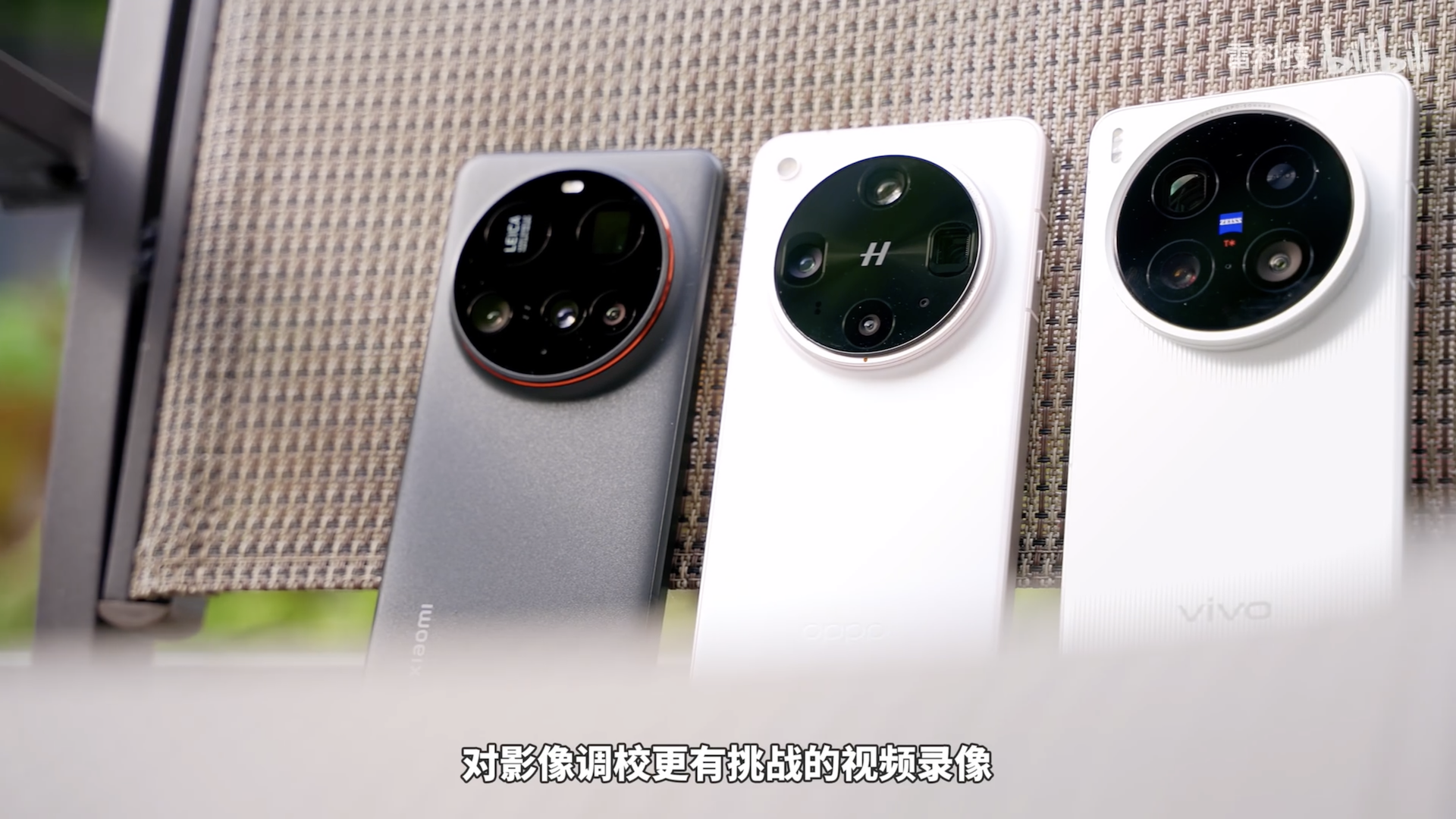
Image source: Lei Technology
vivo X200 Ultra excels in screen stacking. Whether it's brightness or eye protection technology, vivo's screen has reached the industry's top level. However, the poor speaker tuning and reduction in microphone configuration have become its obvious "pitfalls." But then again, which phone is superior completely depends on the user's own preferences and needs.
If you value top-tier hand feel and daily experience, the OPPO Find X8 Ultra is a good choice; if you have an extreme pursuit of screen and eye protection, the vivo X200 Ultra may be more suitable for you; and if you are an image creator who needs to transfer footage at high speeds or often works in the wild, the Xiaomi 15 Ultra with stronger interface and communication capabilities will be a better partner.
From another perspective, these differences in details also mean that when choosing a smartphone, we don't have to pursue "all-roundness." All-roundness means that the phone will "compromise" for the majority. Only by pinpointing your core demands and seeing which configurations truly affect daily experience can you find a smartphone that suits you better.
After all, for users, the subtle details that nurture without being noticed are equally important as flagship configurations.
Source: Lei Technology
Images in this article are from: 123RF Authentic Library Source: Lei Technology





